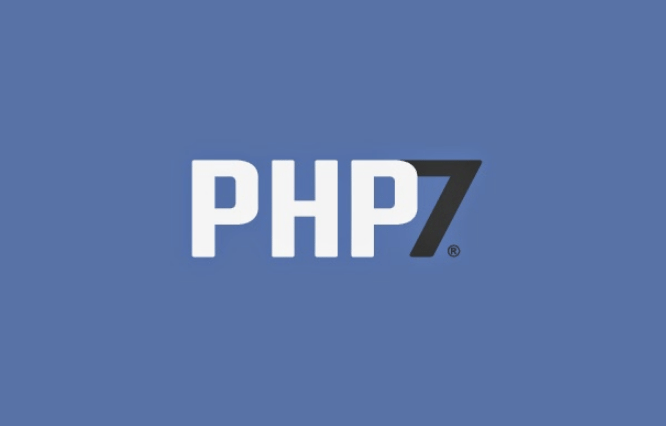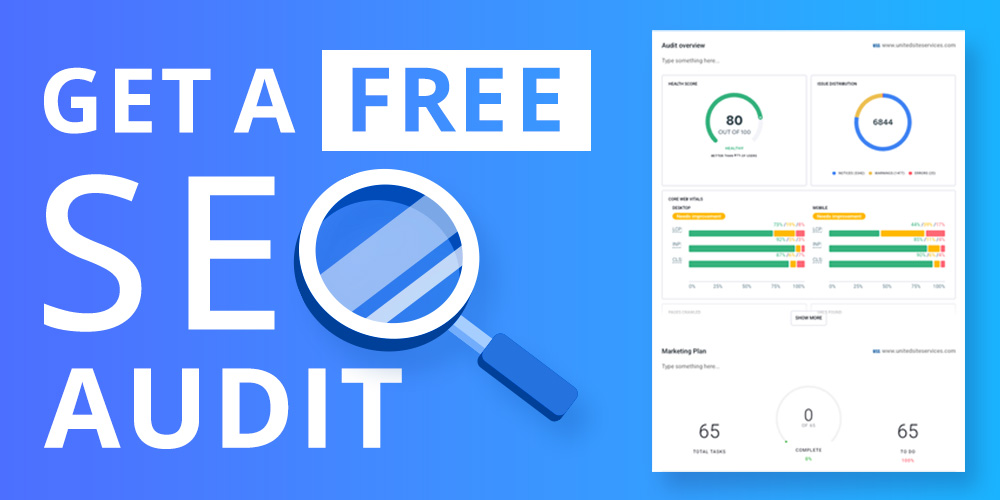


Gli sviluppatori che gestiscono siti web abilitati per PHP come WordPress, Drupal, Joomla o Magento insieme a framework PHP come Laravel e Symfony dovrebbero rimanere aggiornati con l'ultima versione e le tendenze in PHP. Aggiornare il tuo sito a PHP 7 ti garantirà tutti i vantaggi e la sicurezza più recenti. Scopri i vantaggi di PHP 7 e come installarlo e renderlo operativo sul tuo sito web.
Circa il 98% dei siti web utilizza ancora PHP versione 5.*. Dato che PHP5 ha ormai più di 11 anni, è giunto il momento di passare a PHP 7 e di eliminare quelle funzioni obsolete. Il progetto PHP ha un elenco di funzioni eliminate così come un elenco di API ed estensioni rimosse , che ti guiderà nel passaggio del codice da PHP 5 a PHP 7.
La maggior parte dei grandi sistemi di blogging come WordPress, i sistemi di gestione dei contenuti (CMS) come Joomla e i siti di e-commerce come Opencart supportano PHP 7 senza problemi. Assicurati di utilizzare l'ultima versione di WordPress o del tuo CMS e passa il tuo web server a PHP 7. Molti servizi si aggiornano automaticamente per rimanere al passo con le nuove versioni e tendenze. Se non sei sicuro della versione di PHP che stai utilizzando, contatta il tuo provider di web hosting. Sono disponibili numerosi tutorial video che ti guideranno nell'installazione o nell'aggiornamento a PHP 7.
All'inizio del 2015 il primo alfa È stata rilasciata la versione 7 di PHP. La prima versione stabile di PHP (v7.0.0) è stata rilasciata il 1° dicembre 2015. Attualmente, la comunità PHP è impegnata con la versione 7.0.8 (release candidate) e la versione 7.1.0 alpha. La versione 7.0.7 di PHP è stata rilasciata come stabile. I problemi più importanti sono stati risolti e PHP 7 è sufficientemente maturo per l'utilizzo in produzione.
E la versione 6? PHP 6 non è mai stato rilasciato, sebbene fosse originariamente in fase di sviluppo. L'idea era di introdurre Unicode in PHP 5, chiamandolo PHP 6. Unicode è uno standard informatico per la codifica e la rappresentazione del testo. A causa della complessità dell'introduzione di Unicode, PHP 6 non è mai stato rilasciato. Unicode raddoppiò il consumo di memoria e influì sulle prestazioni a causa delle conversioni, e PHP 6 fu abbandonato. In seguito, si decise che la versione più recente di PHP si sarebbe chiamata PHP 7, saltando completamente PHP 6.
Uno dei motivi principali per passare da PHP 5 a PHP 7 è il miglioramento della velocità. Consulta i benchmark qui sotto per confrontare le misurazioni di Drupal e WordPress (le barre più alte indicano prestazioni migliori):
Sito web PHP 5 vs PHP 7 (2 volte più veloce!)
Un altro confronto tra le versioni di PHP e HHVM (una macchina virtuale per PHP) in termini di req/sec (anche in questo caso, più è alto, meglio è).
PHP 5.6 rispetto a HHVM 3.11 rispetto a PHP 7.0.
Tempo di risposta tra PHP 5, HHVM e PHP7 (meglio se è minore).
Tempo di risposta tra PHP 5, HHVM e PHP7.
Ultimo ma non meno importante, un confronto tra l'utilizzo della memoria in PHP 5, HHVM e PHP7 con RAM in megabyte (meno è meglio).
Utilizzo della memoria PHP 5, HHVM e PHP 7
Puoi scaricare il ultima versione di PHP 7 dal sito ufficiale .
Se hai un server Debian in esecuzione con PHP, provalo Dotdeb.org , che fornisce pacchetti aggiornati (32 bit e 64 bit) per i server Debian. Include Nginx e MySQL, nonché PHP 7 !
A seconda della distribuzione GNU/Linux in uso, PHP 7 potrebbe essere già disponibile nel gestore pacchetti. Spesso sono disponibili tutorial video per aiutare ad aggiornare PHP per la propria distribuzione.

"*" indica i campi obbligatori

"*" indica i campi obbligatori

"*" indica i campi obbligatori
Lascia una risposta
Devi essere effettuato l'accesso per pubblicare un commento.